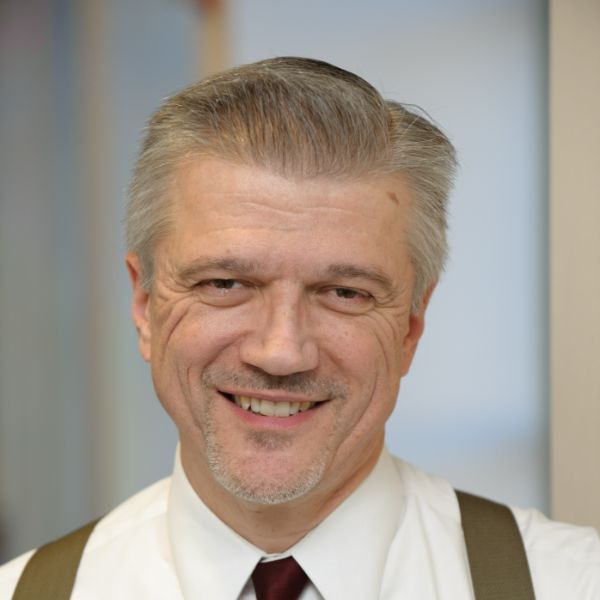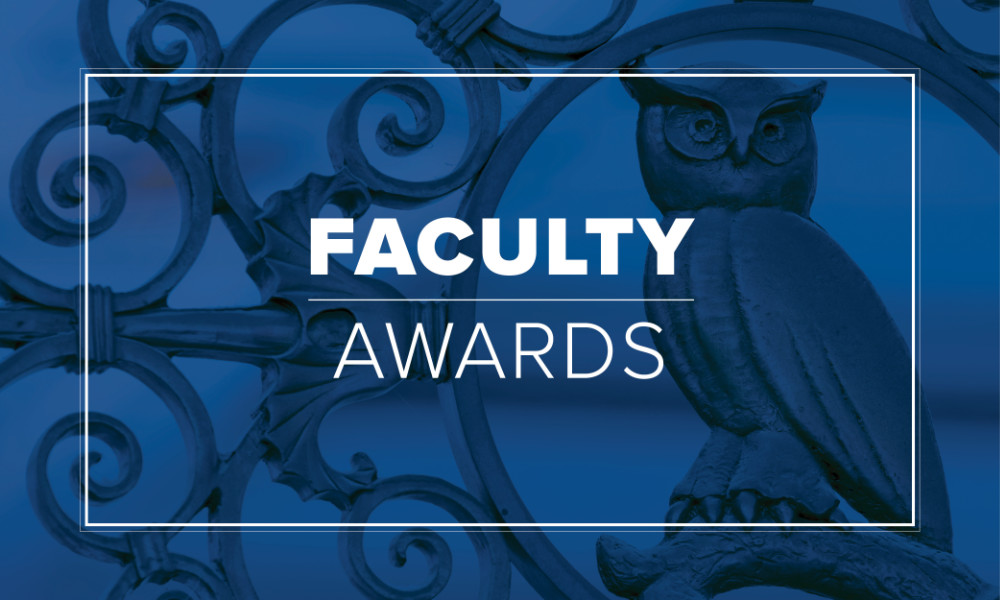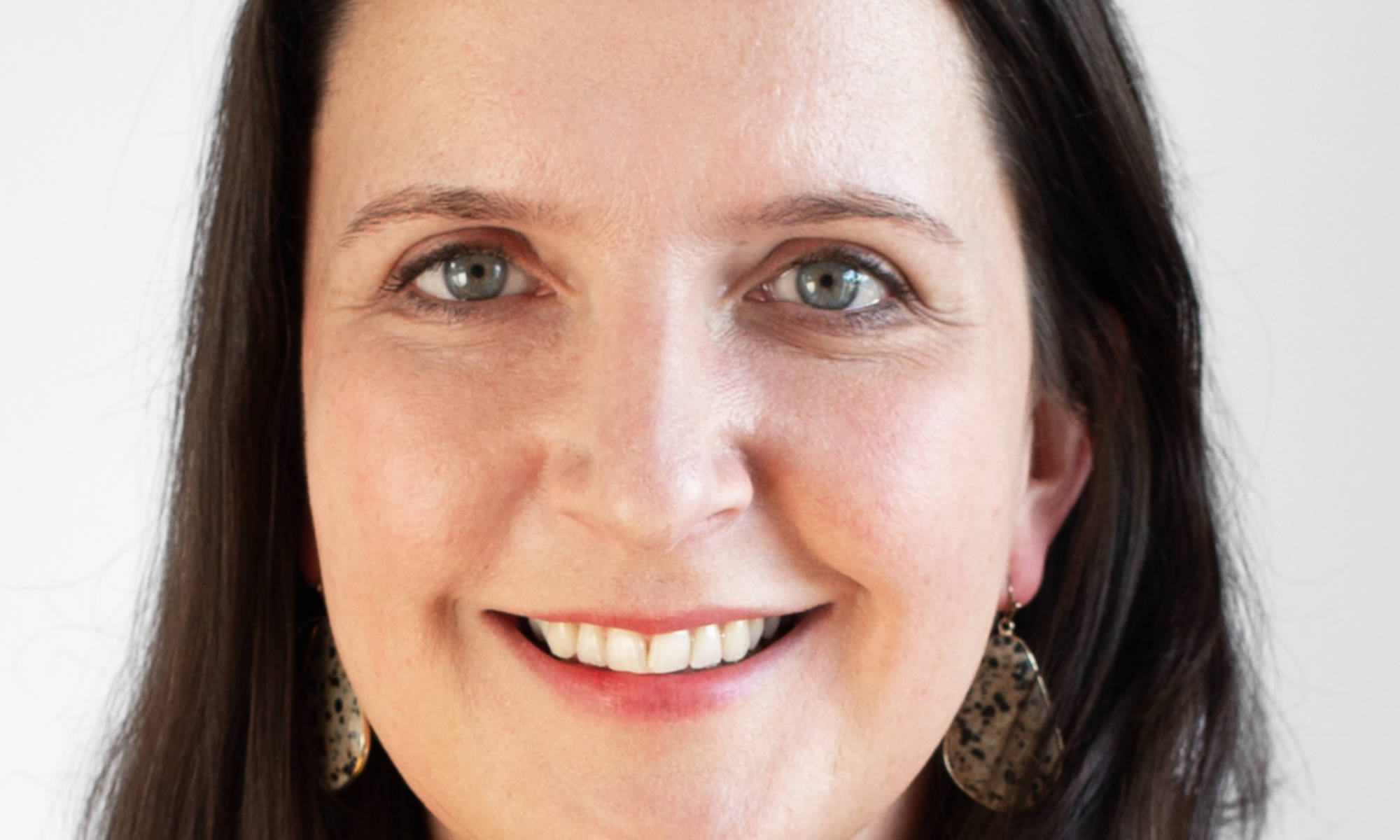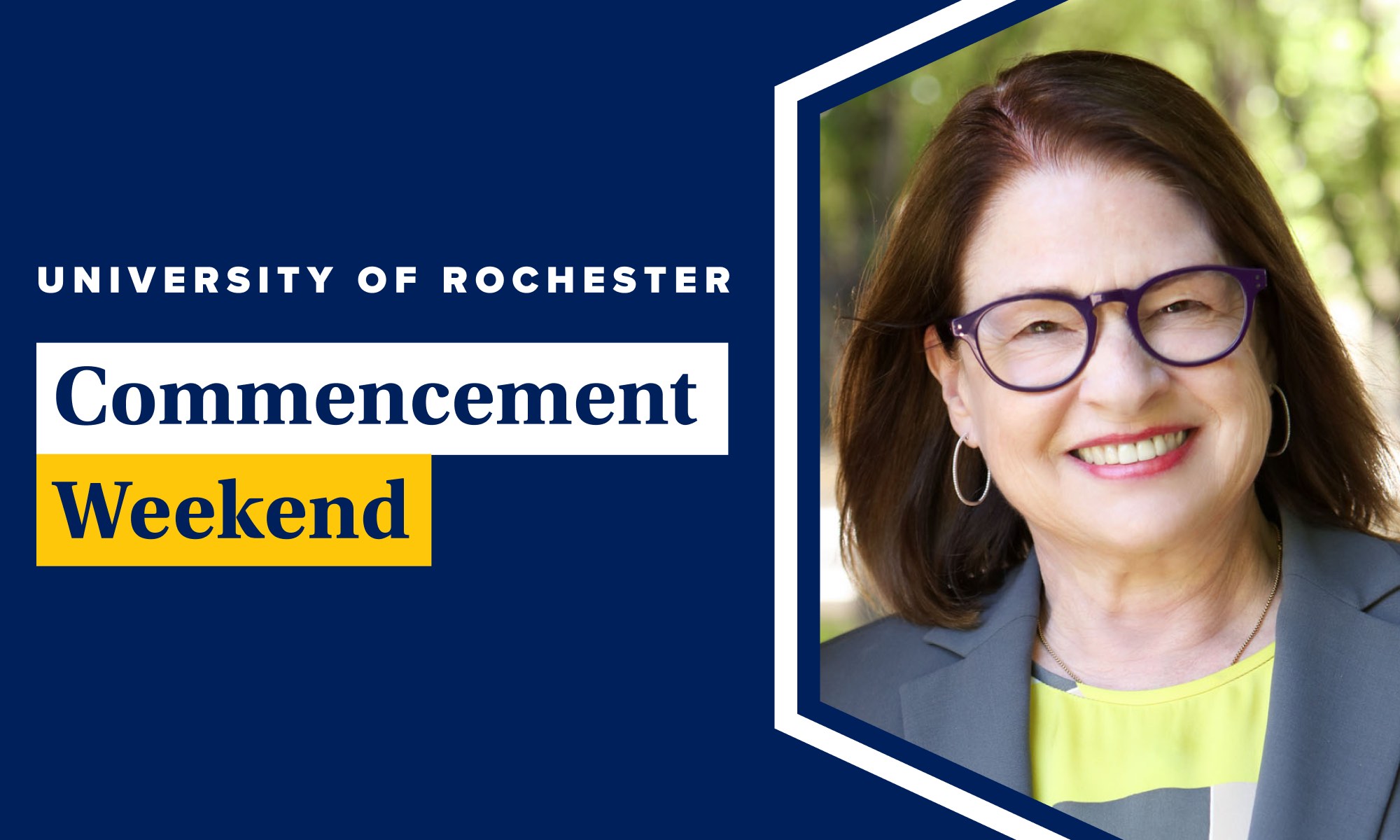Jordan Ealey and Philip V. McHarris bring their scholarly expertise in Black creativity and Black geographies to Rochester.
In 2022, the University of Rochester established the Department of Black Studies as an academic center for multidisciplinary research, education, and engagement with Black life and culture in the US and beyond. Ahead of the 2023–24 academic year, the department appointed its first two full-time faculty members: Jordan Ealey and Philip V. McHarris.
“The Department of Black Studies provides the campus with scholars and thinkers who are serious about the issues and contributions of Black people from across the globe,” says Jeffrey McCune Jr., the Frederick Douglass Professor, who has championed Black studies at Rochester. In the discipline generally and at the University specifically, he adds, “Professors Ealey and McHarris offer much-needed intellectual interrogations of the health and wellness of Black people and communities in a world of anti-Black, white supremacist patriarchy.”
Meet the inaugural faculty of this burgeoning academic department centering the complexities and nuances of the Black experience.
Q&A with Jordan Ealey
Jordan Ealey is an assistant professor of Black studies and a scholar-artist whose research explores Black feminist creatives, with particular attention to theatre and performance. Ealey joined Rochester after earning a doctorate in theatre and performance studies at the University of Maryland.
What attracted you to Rochester?
EALEY: I was very excited by the prospect of joining a brand-new department and having the opportunity to shape its future. I have also long admired Jeffrey McCune’s work, both as a scholar and an academic leader, and was thrilled by his appointment to steer the establishment of the new Black studies department. The University of Rochester has incredible resources to support my work as an artist-scholar, and the small, liberal arts feel of the campus will allow for fruitful interdisciplinary collaborations. Finally, this is a place with a rich history of activism, having been home to civil rights giants such as Frederick Douglass and Susan B. Anthony, and that energizes me as a researcher, teacher, and artist.
Tell us about the courses you’ll be teaching this academic year.
EALEY: In the fall, I am teaching a course called Black Drama: Performance and Contemporary Issues, which focuses on contemporary Black theatre and performance from the 1970s to the present. In the course, we read plays and analyze essays about the theory and philosophy of Black art from prominent Black theatre artists, most notably Ntozake Shange, Pearl Cleage, August Wilson, Tarell Alvin McCraney, and Aleshea Harris. We also practice skills in playwriting, dramaturgy, and directing using the principles we’ve learned.
In the spring, I will be teaching Black Feminist Theory. That course serves as an “ABCs” of Black feminism, where I introduce students to the theories, philosophies, and practices of Angela Davis, Marsha P. Johnson, Janet Mock, and other Black feminist thinkers. We engage a wide range of material from critical essays, expressive culture, lectures, speeches, and much more.
Your scholarship focuses on the “transformative possibilities of Black creativity through language, sound, and movement.” What’s an example of such a transformation?
EALEY: As someone who studies arts and expressive culture, I consider transformation to happen in the types of spaces where art happens. For example, I study musicals by Black women. When I say that I write about musical theatre, there is a tendency to assume that these musicals are all happening on Broadway. In fact, many of them never make it to Broadway. Instead, they happen in community theatres, churches, schools, and other “amateur” places. So, transformation refers to the impact the musicals taking place in these places have on the local communities.
What’s your favorite thing to do on a weekend?
EALEY: I consider myself a little bit of an amateur antiquarian. I am a music lover; I collect old vinyls and want to get into restoring them. I love to haunt record shops in any city I visit to see what gems I can find. I also love to explore used bookstores for similar reasons and am on a mission to grow my collection of rare books and other ephemera by Black creators.
Q&A with Philip V. McHarris
Philip V. McHarris is an assistant professor of Black studies whose research focuses on racial inequality, housing, and policing. He joined the University after having served as a presidential postdoctoral fellow at Princeton University’s Department of African American Studies.
What attracted you to Rochester?
MCHARRIS: Rochester boasts a rich history, especially having been home to figures such as Frederick Douglass who played a monumental role in advocating for the rights and freedoms of Black people and the abolition of slavery. Being in a city steeped in such historical legacy and culture is an enriching and exciting place to be a scholar and professor.
The opportunity to be part of the inaugural faculty in the Department of Black Studies was also compelling. The formation of this new department, along with the strength of the already-established Frederick Douglass Institute, signifies a commitment by the University to advance the understanding of Black experiences, histories, and scholarship. Given my research and interests, joining such a collaborative and evolving space was an incredibly enticing prospect.
Tell us about the course you’ll be teaching this academic year.
MCHARRIS: I will be teaching Black Geographies, which offers students an introduction to the foundational concepts and theories in the field. In this course, we’ll delve into an interdisciplinary collection of texts to understand how Black communities both shape and are shaped by space and place. The course seeks to demonstrate the intricate relationship between spatial matters and Black experience. In the spring, I will be teaching Introduction to Black Studies, which will introduce students to the long-standing history of radical Black thought and key issues central to Black life throughout the world.
Your upcoming book, Brick Dreams: The Unfinished Project of Public Housing, centers on a high-rise public housing development in Brooklyn. What issues are you exploring in the book?
MCHARRIS: Brick Dreams is an ethnography-based manuscript that delves deep into the New York City Housing Authority’s contemporary challenges and realities. In the research, I focus on pressing concerns among residents, particularly issues related to safety, policing, building conditions, and cycles of poverty. I detail the various strategies, such as tenant association activism and community organizing, that residents mobilize to navigate and challenge these concerns.
What’s your favorite thing to do on a weekend?
MCHARRIS: On weekends, I enjoy the outdoors, staying active, and playing pool. Lately, I’ve been discovering all of the nature surrounding Rochester! And, of course, I like spending time with family and friends.
Read more
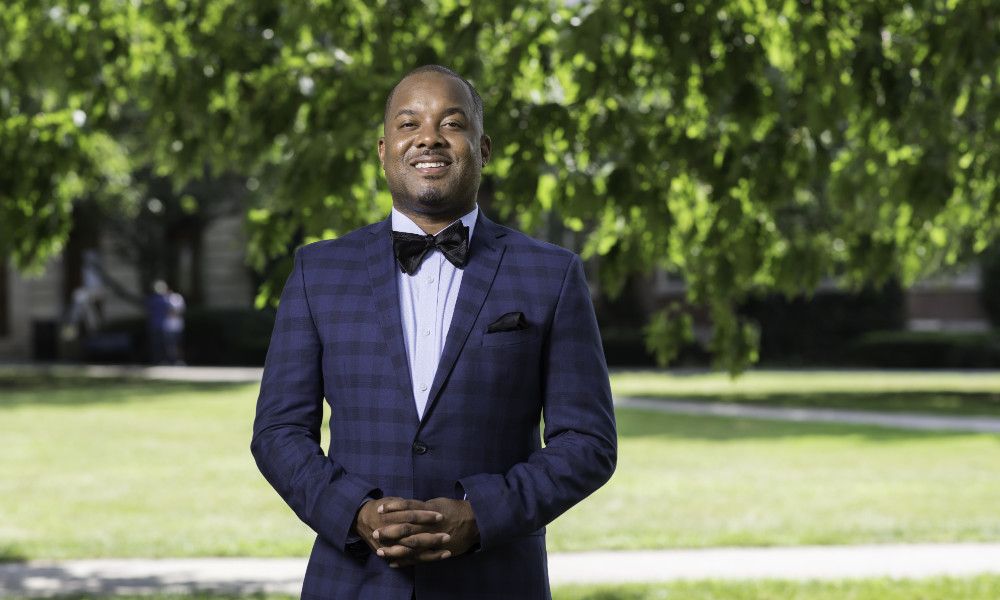 Jeffrey McCune Jr. to lead Frederick Douglass Institute
Jeffrey McCune Jr. to lead Frederick Douglass Institute
The accomplished scholar discusses the importance of Black studies as well as his plans to expand the scope of the institute at the University of Rochester and in communities beyond campus.
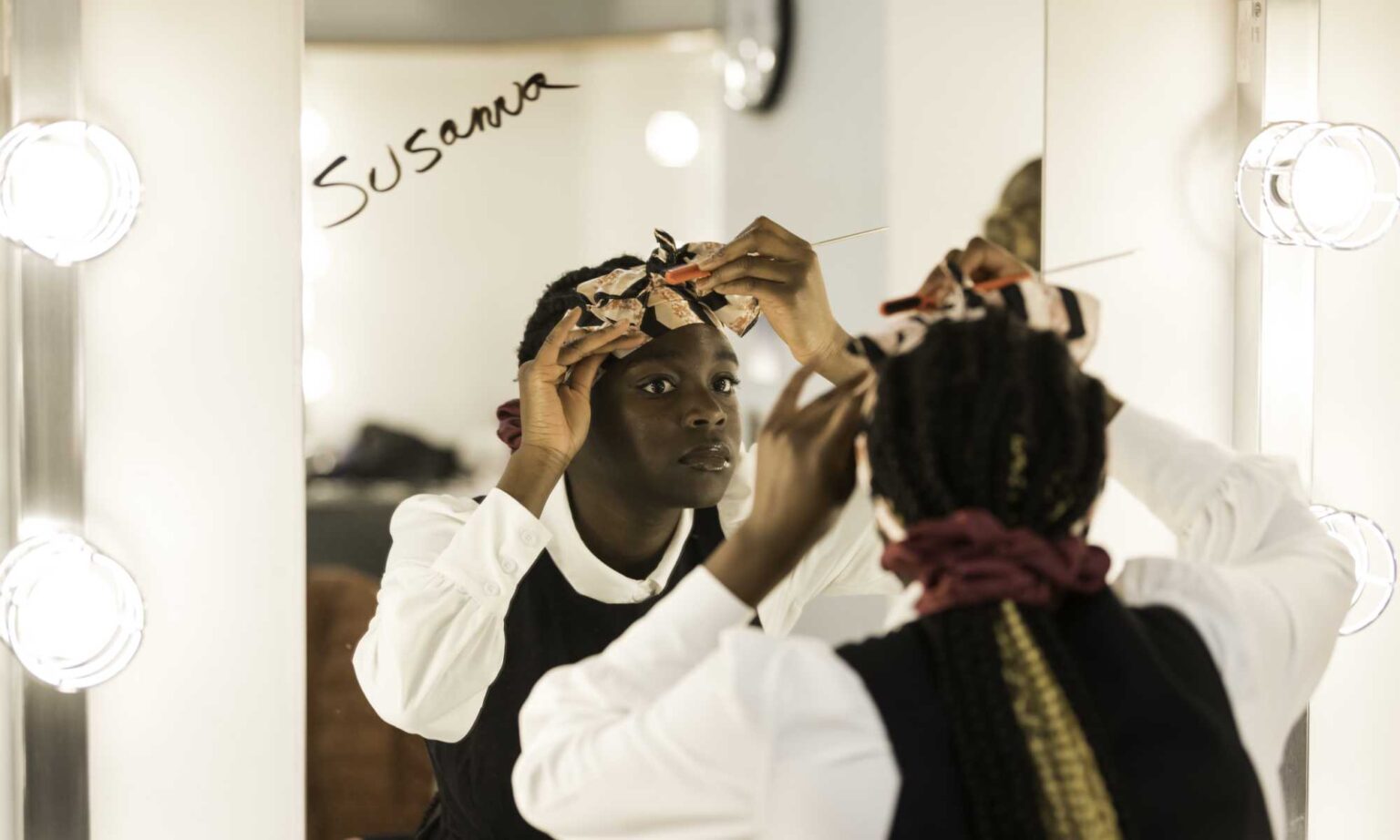 Changing the narrative about Blackness on the stage
Changing the narrative about Blackness on the stage
By partnering with Black actors and artists, the International Theatre Program’s recent productions help give new dimension to marginalized characters.
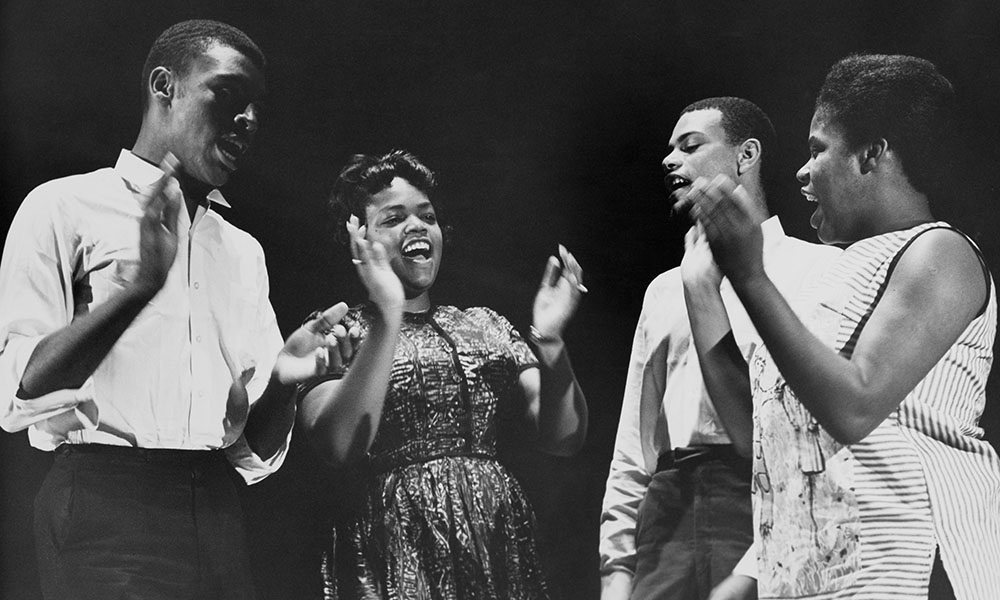 Is gospel music losing its Black roots?
Is gospel music losing its Black roots?
Musicologist Cory Hunter identifies a notable contemporary shift in the century-old musical form.

